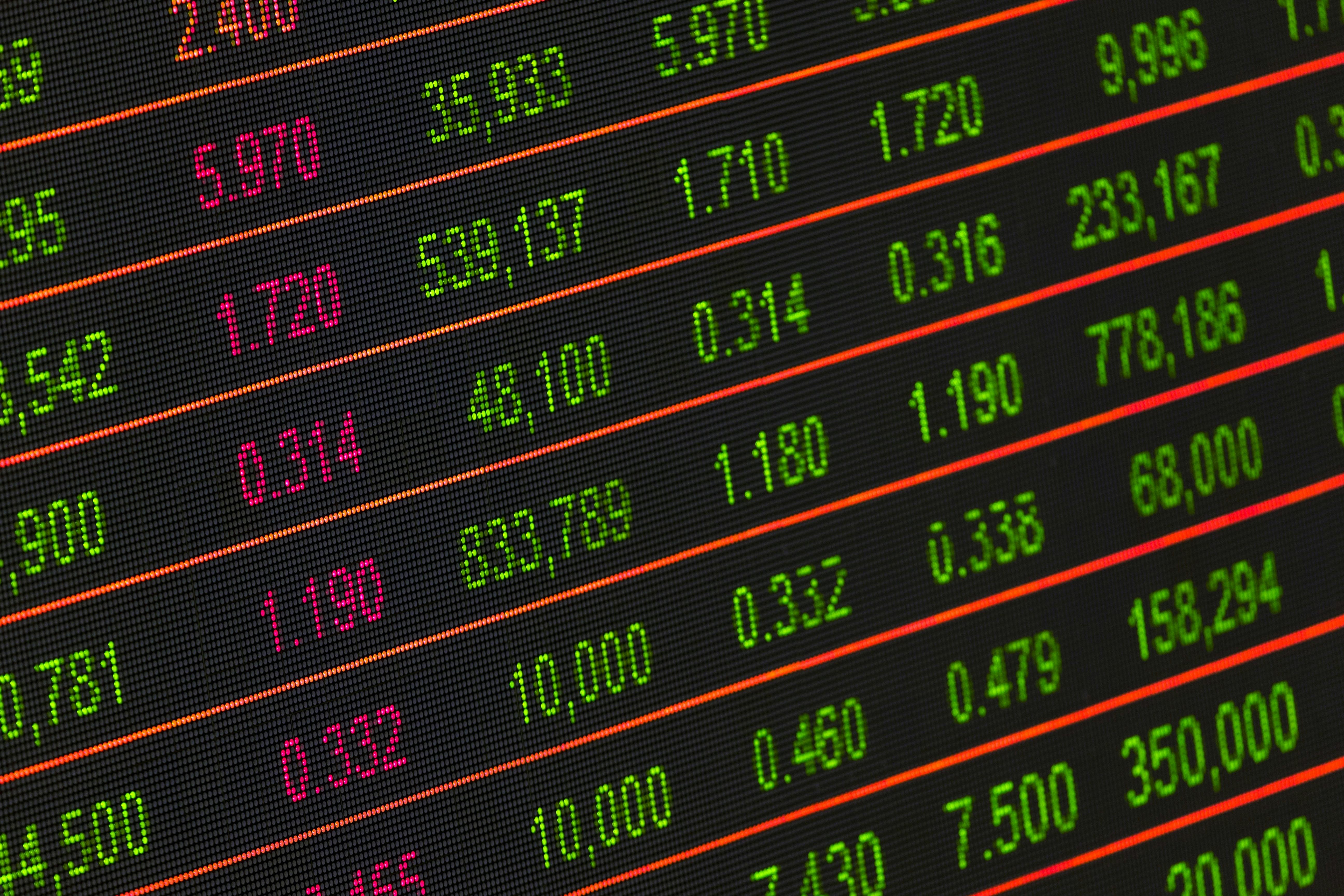
Understanding Market Cap: The Complete Guide for Investors
Learn what market capitalization really means, why it matters, and how to use it effectively in your investment strategy. A must-read for all crypto and stock investors.
Market capitalization, commonly referred to as "market cap," is one of the most important metrics in the cryptocurrency and stock market world. Yet, many investors don't fully understand what it means or how to use it effectively in their investment decisions.
In this comprehensive guide, we'll break down everything you need to know about market cap, from the basics to advanced insights that can help you make better investment decisions.
Market Cap at a Glance
Large Cap
> $10B
Lower risk, stable
Mid Cap
$1B - $10B
Balanced growth
Small Cap
< $1B
High risk/reward
Formula: Market Cap = Current Price × Total Supply
What is Market Cap?
Market capitalization is the total dollar value of all outstanding shares or coins of an asset. It's calculated using a simple formula:
Market Cap = Current Price × Total Supply
For example, if a cryptocurrency has 1 million coins in circulation and each coin is worth $100, the market cap would be $100 million.
Why Market Cap Matters
Market cap is crucial because it gives you a sense of an asset's size and stability. Here's why it's important:
- Risk Assessment: Larger market caps generally indicate more established and stable assets
- Growth Potential: Smaller market caps often have more room for growth but come with higher risk
- Liquidity: Higher market cap assets typically have better liquidity, making them easier to buy and sell
- Market Position: It helps you understand an asset's position in the overall market
Market Cap Categories
Assets are typically categorized into different groups based on their market cap:
Large Cap (Over $10 Billion)
Large-cap assets are the established players in the market. Think Bitcoin, Ethereum, Apple, or Microsoft. These assets typically offer:
- Lower volatility
- More stability
- Better liquidity
- Lower risk (relatively)
- Slower growth potential
Mid Cap ($1 Billion - $10 Billion)
Mid-cap assets strike a balance between stability and growth potential. They're established enough to have proven themselves but still have significant room to grow.
Small Cap (Under $1 Billion)
Small-cap assets are the high-risk, high-reward plays. They can experience massive growth but also significant losses. These require careful research and risk management.
Common Misconceptions About Market Cap
Misconception #1: Lower Price = Better Value
Many new investors think a coin priced at $0.01 is a better buy than one at $1,000. This is wrong! A $0.01 coin with a $10 billion market cap is actually more expensive relative to its size than a $1,000 coin with a $1 billion market cap.
Misconception #2: Market Cap = Money Invested
A $100 billion market cap doesn't mean $100 billion has been invested in that asset. Market cap is just the current price multiplied by supply. It's a theoretical value, not the actual amount of money in the market.
Misconception #3: Higher Market Cap = Better Investment
While higher market caps generally indicate more stability, they don't automatically make something a better investment. Large caps have less room for exponential growth compared to smaller caps.
Why Market Cap Matters for Your Portfolio
Understanding market cap isn't just academic—it's a critical tool that directly impacts your investment success. Here's why it matters in the real world:
- Risk Management: Market cap helps you assess the stability of your investments. Large-cap assets weather market storms better, while small-caps can experience dramatic swings.
- Portfolio Construction: Professional investors use market cap to build balanced portfolios. A mix of different cap sizes provides both stability (large-cap) and growth potential (small-cap).
- Realistic Expectations: A $500 billion asset won't 10x overnight, but a $50 million asset might. Market cap helps set realistic price targets and return expectations.
- Entry and Exit Timing: Large-cap assets are easier to buy and sell without moving the price. Small-caps require more careful execution to avoid slippage.
In bull markets, ignoring market cap can lead to overvalued positions. In bear markets, it helps identify which assets have staying power. Whether you're a trader or long-term investor, market cap should inform every investment decision you make.
How to Use Market Cap in Your Investment Strategy
1. Diversification
Don't put all your money into one market cap category. A balanced portfolio might include:
- 60% in large-cap assets (stability)
- 30% in mid-cap assets (balanced growth)
- 10% in small-cap assets (high-risk, high-reward)
2. Risk Tolerance
Match your investments to your risk tolerance:
- Conservative investors: Focus on large caps
- Moderate investors: Mix of large and mid caps
- Aggressive investors: Can include small caps (with caution)
3. Market Cycle Awareness
Different market caps perform differently in bull and bear markets:
- Bull markets: Small caps often see the biggest gains
- Bear markets: Large caps tend to hold value better
- Recovery phases: Mid caps often lead the charge
Market Cap vs. Fully Diluted Market Cap
There's an important distinction to understand:
- Market Cap: Current price × circulating supply
- Fully Diluted Market Cap: Current price × total maximum supply
For cryptocurrencies with locked or unvested tokens, the fully diluted market cap gives you a better picture of the asset's potential future valuation.
Tools and Resources
To track market caps effectively, use reliable platforms like:
- SpotMarketCap - Real-time market cap data for all major assets
- CoinMarketCap - Cryptocurrency-focused tracking
- Yahoo Finance - Stock market data
- TradingView - Advanced charting and analysis
Key Takeaways
Remember these essential points about market cap:
- Market cap = Price × Supply (it's that simple)
- Don't confuse price with value or market cap
- Use market cap to assess risk and potential
- Diversify across different market cap categories
- Consider fully diluted market cap for cryptocurrencies
- Match investments to your risk tolerance
Related Topics on SpotMarketCap
Conclusion
Understanding market cap is fundamental to making informed investment decisions. It helps you assess risk, identify opportunities, and build a balanced portfolio. Whether you're investing in cryptocurrencies, stocks, or ETFs, always consider market cap alongside other important metrics like trading volume, project fundamentals, and market trends.
Remember: market cap is just one tool in your investment toolkit. Use it wisely, do your own research, and never invest more than you can afford to lose.
Happy investing, and may your portfolio grow as steadily as your understanding of market dynamics!
Track Real-Time Asset Prices
Get instant access to live cryptocurrency, stock, ETF, and commodity prices. All assets in one powerful dashboard.
Related Articles

What is Copper Backwardation? Supply Tightness Signal
Learn copper backwardation—the powerful supply tightness indicator in metals markets. Discover what drives backwardation, how to identify it, and trading strategies to profit from this condition.

What are Copper Warehouse Stocks? Inventory Tracking
Master copper warehouse stocks—the key indicator of physical copper availability. Learn how LME inventories signal market tightness and influence copper prices globally.

What is Aluminum Premium? Regional Pricing Explained
Understand aluminum regional premiums—the additional cost above LME prices for physical delivery. Learn how US Midwest, European, and Asian premiums reflect local supply-demand dynamics.